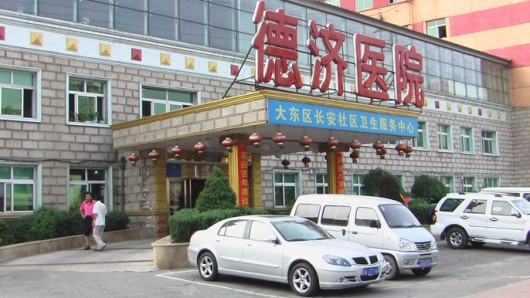This daunting challenge is at the forefront of most every healthcare forum, and as it should be. Essential healthcare services, like influenza vaccination and hypertension management, clearly improve life and longevity for relatively low cost. But over the long term, even these costs must be reimbursed. What are the alternatives? One is funding though taxation; well-proven but burdened with bureaucracy and inefficiencies. Another is charitable donation; also well-proven but fluctuates with societal sentiments. A third more innovative alternative is parallel profit-making ventures by health service organizations that in turn supports care for those who cannot pay full price. And finally, perhaps the most ingenious and complex of all: equipping the poor to rise themselves out of their poverty.
In my role with INMED leadership I’m privileged to witness such funding alternatives in action. Here in Shenyang, northeastern China, from where I’m writing today, the LIGHT Family Medicine Residency Program is fully engaged in providing charitable healthcare for retirees, orphans, students, and disabled persons. How to they fund such exemplary kindness? Largely through quality, full-cost care provided to those who can pay – most often employees of larger corporations.
Does there exist an ideal business model for sustainable health services for those who are poor? I think not. Each of the above is accompanied by numerous pros and cons. But we must applaud and encourage innovative approaches that promised to shed light on this foreboding but worthy challenge.

